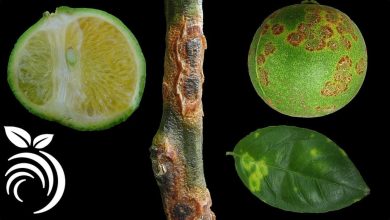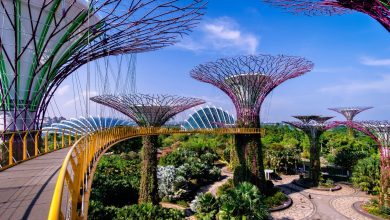Quince Tree: [Care, Planting, Irrigation, Substrate and Pests]
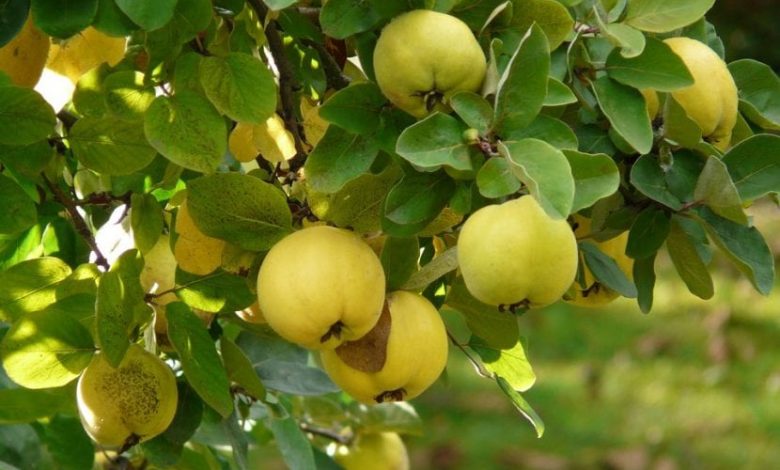
To cultivate the quince tree, it must be kept in mind that it not only produces fruits, but also includes beautiful and aromatic flowers.
Likewise, its young branches are flexible and tenacious, making it possible that they were used to make wicker in the past.
Thanks to this, its cultivation became very popular in Asia (where it originates from), as it facilitated the material for different uses with its branches.
If you want to plant a quince tree, the best thing is to continue reading, here we will give you a lot of ideal information to be successful
Important points when planting a Quince tree
- When? Throughout the year, taking care of the temperatures to which it is subjected.
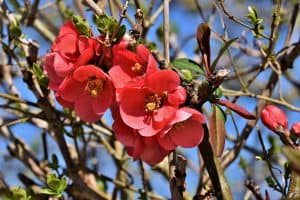
- Where? In a space with good sunlight and good ventilation.
- How do we prepare the land? Well-fertilized land with adequate drainage.
- How should we water? Taking care that there is not too much humidity.
- How often do you have to water? In drought frequently, twice a week. During the rains, never.
- What pests and diseases do they have? It has insects like aphids and diseases like Leaf Spot.
Characteristics of the quince tree
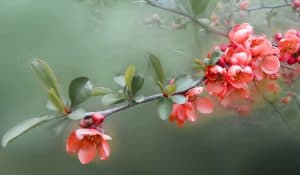 The quince tree, whose scientific name is Cydonia oblonga, is renowned for producing delicious fruit.
The quince tree, whose scientific name is Cydonia oblonga, is renowned for producing delicious fruit.
It originated in Asia, although its economic implications have made it very popular in parts of the Middle East and other parts of the world. In general, countries like Spain have some crops.
However, some sectors such as Andalusia or the Valencian Community are excepted, where its production is much more common.
This plant is the only member of the genus Cydonia.
Where should we plant the quince tree?
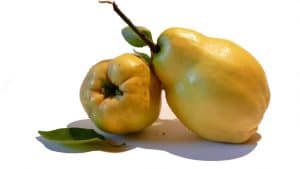 The quince tree is quite versatile in terms of its place of cultivation, since it can live peacefully both in full sun and in shade.
The quince tree is quite versatile in terms of its place of cultivation, since it can live peacefully both in full sun and in shade.
Similarly, it is ideal for temperate temperatures, with hot summers and long winters (it can withstand low temperatures).
It is also not very demanding in terms of the substrate where it is planted, allowing it to grow in both low and high nutrient soils.
Growing them in clay soils, with good drainage, humidity, fertility and a relatively acidic pH (5.6-7.2) is the best for this species.
However, you have to know that the quince tree needs good ventilation. So it is advisable to plant them in places with a convenient aeration.
When should the quince tree be grown?
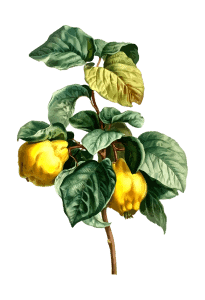 Because it is a plant that can withstand different temperatures, it is suitable for cultivation at any time of the year.
Because it is a plant that can withstand different temperatures, it is suitable for cultivation at any time of the year.
However, it is important to keep in mind that it is not convenient to do it when it is too hot or too cold.
It is best to maintain a temperate environment, ideal for it to develop and adhere to the ground without problems.
How do we prepare the land?
- Once the decision has been made to grow the quince tree, it becomes important to choose the right site and spend some time preparing it.
- Among the things that must be done is to eliminate all the herbs that are near the chosen place.
- Subsequently, a large hole of approximately 60×60 cm should be made, since a large space increases the probability of fruiting.
- Once the hole is ready, the next step is to fill it with well-fertilized soil, which will allow the development and growth of the tree to be appropriate.
- To finish, the plant is placed in the prepared space at a depth of 5 cm, covering it well with soil when finished.
- In the event that you want to plant more than one quince tree, it is advisable to leave a distance of 4 meters and a half between them.
How to plant a quince tree step by step?
The quince tree can be planted from seed or from small plants that can be purchased in the market.
The process of planting from a seedling is simple, since it tries to simply plant them in a certain space, as mentioned before.
However, planting from seed requires much more arduous work, so we will leave you the step by step below.
Sow from seed
- In order to use quince seeds to grow, it is essential to break the dormancy of the seed, this being the first step that must be carried out.
- In this case, there are two methods to achieve it. The first is to place the seeds in boiling water for around 5 minutes. The second needs more time, as they must be soaked for two weeks before they can be planted.
- In both cases, the purpose is to soften the seed and, therefore, speed up the germination process .
- Subsequently, the seeds should be placed in a nursery pot, right in the center along with a mixture of fertilized soil.
- It is not convenient to water it with too much water, so it is recommended to use a water sprayer .
- In addition, the container should be placed in a warm place, maintaining a temperature of about 18º C or more.
- In cold climates, it is best to use a seed heating pad to control the temperature properly.
- These seeds should germinate between the second and eighth week , depending on the temperature and the type of seed.
- You should be on the lookout to sprinkle water on the soil that feels dry or shows signs of dryness.
What care does the quince tree need?
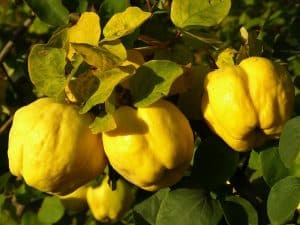 It is not a high maintenance tree, although it does require a few things to stay healthy.
It is not a high maintenance tree, although it does require a few things to stay healthy.
Keep an eye on the temperature
To begin with, it is not recommended that it be subjected to major climatic changes, since they can damage it, especially snowfall.
Moisten the soil regularly
Likewise, it is necessary that your soil is moistened regularly in drought and that the soil maintains good drainage during the rains.
pruning
Its pruning is only recommended if its branches are getting in the way or are entangled with each other, causing damage to fruit production.
What pests and diseases does it have?
Although it is unlikely to be attacked by pests, its main enemies are aphids and homoptera.
While the aphids feed on the sap of the leaves and branches, the homoptera avoid its circulation, causing severe damage.
Quince Tree Diseases
As for the diseases, we can talk about the leaf spot, caused by excess moisture.
And the eye spot, which causes the leaves to fall and the fruits to stain and deform over time.
Of the rest, we will only have to wait for time to pass and enjoy our quince tree.
verticillium wilt
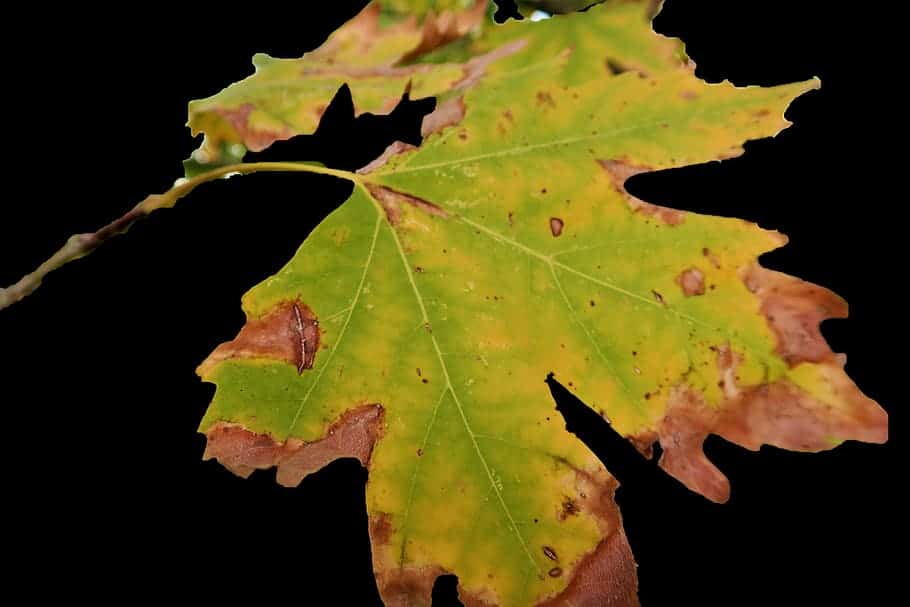 Verticillium or Verticillium wilt is a common soil fungus that thrives in temperate climates around the world and can be present in the soil for decades.
Verticillium or Verticillium wilt is a common soil fungus that thrives in temperate climates around the world and can be present in the soil for decades.
Verticillium wilt overwinters in the soil as dormant mycelium or tiny dormant black structures called microsclerotia, waiting for favorable conditions to return.
They enter damaged plant tissue through the roots and multiply. Many common weeds, such as dandelions and weeds, can be Verticillium host species.
Verticillium wilt is a disease that affects more than 350 species of eudicolous plants. It is caused by six species of Verticillium fungi: Verticillium dahliae, Verticillium albo-atrum, Verticillium longisporum, Verticillium nubilum, Verticillium theobromae, and Verticillium tricorpus.
Many plants with significant economic weight are susceptible, such as cotton, tomatoes, potatoes, oilseed rape, aubergines, peppers, and ornamental plants, as well as others in natural vegetation communities.
Many species and cultivars of eudicots are resistant to the disease, and all monocots, gymnosperms, and ferns are immune. To know more: Verticillium wilt in the Orchard: What is it? How do we identify it?
How long does the quince tree live?
It is a species that could live for more than 50 years without problems, although it does not often exceed 100.
How long does it take for the quince tree to grow?
The quince tree will work for approximately 5 years to reach its adulthood and maximum height, which is around 6 meters.
How long does it take to produce fruit?
When planted from seed, the quince tree will take approximately 5 years.
Working from a cutting or nursery seedling may take less time.
Can it be grown in a pot?
This is a species that is not commonly worked in a pot due to its dimensions and the productivity that is sought from it.
But, in case of advancing with this modality, it will not generate problems regarding the issue of your health.
How many times does the quince tree produce fruit?
The most normal thing is that it generates a single load of fruit a year during the summer.
Should the quince tree be pollinated to obtain fruit?
The quince tree has the ability to produce flowers that self-pollinate, so there is no need to worry about this issue.
And in environments where there are pollinating insects, such as bees, they are capable of pollinating as well.
How cold can the quince tree tolerate?
It is resistant to cold. In fact, you absolutely need it to keep your systems working properly.
Of course, these should not be below -25 ° C and if it is a plant less than 3 years old, it must be protected from frost.
How many quince trees can be planted per hectare?
The average number of quince trees that can be had in one hectare is 450 specimens.
What kind of fertilizer does the quince tree need?
Fertilization should be nitrogen based in early spring to promote greening.
Between summer and autumn, work must be done with phosphate and potassium fertilizers that focus on the production of flowers and fruits.
How much heat and/or drought can the quince tree tolerate?
Just as it needs cold, the same thing happens with heat, since it needs warm temperatures to produce its fruits.
It is able to tolerate without problems up to 35° C.
It does not do well with drought, especially when it is in the flowering and fruiting season.

![Photo of Types of Substrates: [Concept, Characteristics, Natural and Artificial]](https://www.complete-gardening.com/wp-content/uploads/2021/06/sustrato_1586759129-390x220.jpg)
![Photo of Vriesea: [Characteristics, Cultivation, Care and Disadvantages]](https://www.complete-gardening.com/wp-content/uploads/2022/08/vriesea-characteristics-cultivation-care-and-disadvantages-390x220.jpg)
